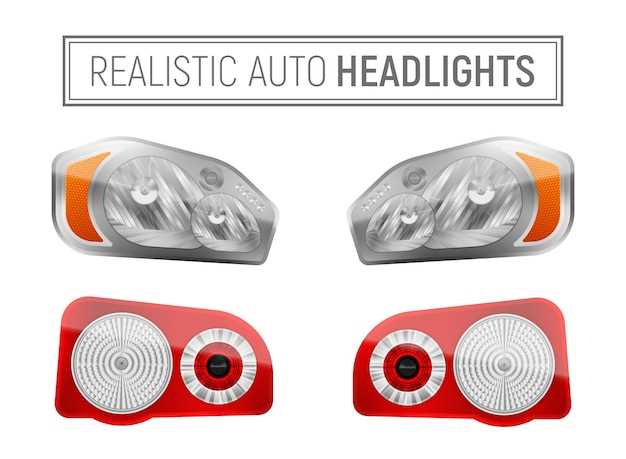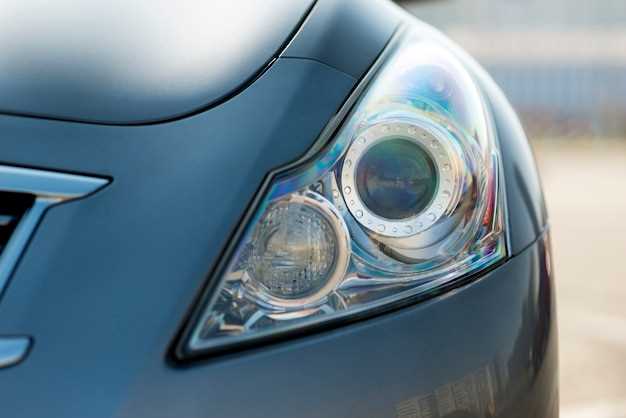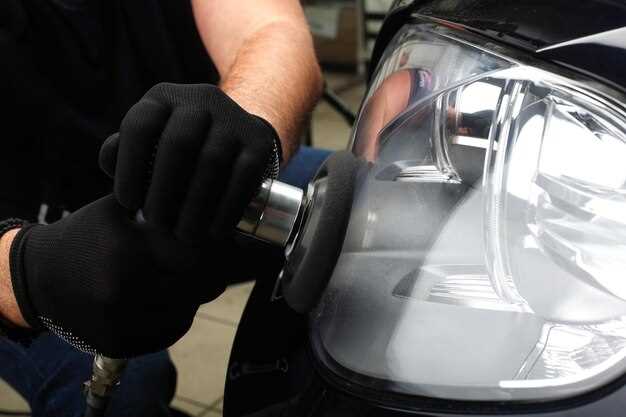
When it comes to maintaining your vehicle, ensuring that your headlights are functioning properly is crucial for both safety and visibility. Over time, headlights can become dim, cloudy, or even burn out completely, making nighttime driving hazardous. This guide will walk you through the steps necessary to install new headlights efficiently and safely, enhancing your driving experience.
Before you begin the process of replacing your headlights, it is important to gather the necessary tools and materials. You will typically need a set of screwdrivers, pliers, and possibly a socket wrench, along with your new headlights. Understanding the specific requirements for your vehicle’s make and model will ensure that you purchase the correct type of headlights and facilitate a smoother installation.
Follow our step-by-step instructions to install your new headlights, and you’ll not only improve your vehicle’s aesthetic appeal but also its functionality. By taking the time to carry out this maintenance task yourself, you can save money on labor costs and take pride in a job well done. Let’s get started!
Selecting the Right Headlights for Your Vehicle Model

When embarking on the process to install new headlights, it’s crucial to select the appropriate type specifically designed for your vehicle model. Different vehicles have varying headlight designs, sizes, and electrical systems, making it essential to consult your owner’s manual or the manufacturer’s specifications.
One major factor to consider is the headlight style, which can range from halogen to LED and HID (High-Intensity Discharge). Each type offers distinct benefits; for instance, LED headlights are known for their longevity and brightness, while halogen bulbs are typically more affordable and easier to find.
Another key aspect is the compatibility with your vehicle’s electrical system. Some modern cars have advanced electrical features that may not support certain types of headlights without additional adapters or modifications. Ensuring compatibility prevents potential electrical issues that could arise after installation.
Furthermore, it’s beneficial to read reviews or seek recommendations to understand how different headlights perform with your specific model. User feedback often highlights durability, brightness, and ease of installation.
Lastly, consider your budget and intended use. If you frequently drive at night or in adverse conditions, investing in higher-quality headlights could significantly enhance visibility and safety, making the initial investment worthwhile.
Step-by-Step Process for Removing Old Headlights
Begin by ensuring the vehicle is parked on a flat surface and the engine is turned off. Engage the parking brake for added safety.
Open the hood of the vehicle to access the headlight assembly. Locate the screws or fasteners securing the headlight unit in place. These may vary by vehicle model, so consult the owner’s manual for specific locations.
Using a screwdriver or socket wrench, carefully remove the screws or bolts holding the headlight assembly. Set these hardware pieces aside in a safe place to prevent loss.
Once the fasteners are removed, gently pull the headlight assembly forward. Be cautious not to force it, as there may be hidden clips that also need to be disengaged.
Disconnect the electrical connector attached to the back of the headlights. Press the tab or lever on the connector to release it, ensuring you do not damage any wires during this process.
After the electrical connection is detached, you can fully remove the old headlight assembly from the vehicle. Inspect the rubber grommets or seals for wear, as these may need replacement with the new headlights.
Store the removed headlights safely for disposal or recycling, adhering to local regulations regarding automotive parts.
Tips for Properly Installing and Aligning New Headlights

Installing new headlights is a crucial step in maintaining your vehicle’s visibility and safety on the road. Follow these tips for a successful installation and alignment process.
- Gather the Right Tools: Before starting the installation, ensure you have the necessary tools, including a screwdriver, socket set, and any specific tools recommended in your vehicle’s manual.
- Check Compatibility: Verify that the new headlights are compatible with your vehicle make and model. Refer to the user manual or consult with a professional if unsure.
- Disconnect the Battery: To prevent any electrical issues, disconnect the negative terminal of the battery before you start working on the headlights.
- Remove Old Headlights: Carefully remove the old headlights by loosening the screws or clips holding them in place. Handle with care to avoid damaging surrounding components.
- Install New Headlights: Place the new headlights into the housing, ensuring they fit securely. Follow the manufacturer’s instructions for detailed steps on installation.
- Reconnect Wiring: Reconnect the wiring harness, ensuring all connections are tight and secure. Check for any damaged wires or connectors before proceeding.
- Align Headlights: Proper alignment is vital for optimal performance. Park your vehicle on a level surface facing a wall or garage door. Measure the height from the center of the headlights to the ground and mark this height on the wall.
- Adjust Beam Pattern: Turn on the headlights and observe the beam’s position on the wall. The top of the beam should align with the mark you made. Adjust the knobs or screws on the headlight assembly until the beam is correctly positioned.
- Test in Different Conditions: After installation and alignment, test the headlights at night and in various driving conditions to ensure proper functioning and clarity.
- Recheck Alignment: It’s advisable to periodically recheck the alignment, especially after hitting bumps or having the vehicle serviced.
Following these steps will help ensure that your new headlights are properly installed and aligned, enhancing your visibility and safety on the road.




